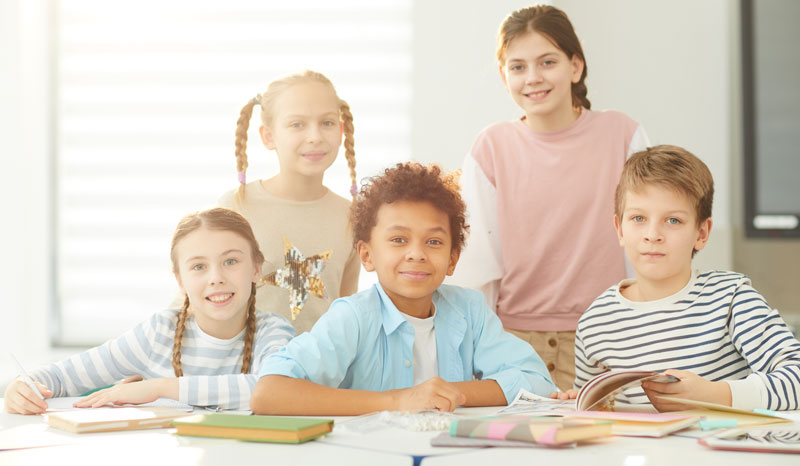Gadgets That Make Classrooms Smarter
Technology has changed the way education is imparted. Traditional classroom teaching methodologies have undergone an immense transformation as modern-day pays more emphasis to hands-on learning and practical approaches, rather than text bookish knowledge. Stimulating experiences within the boundaries of the classroom and interaction with the outside world, open-up new horizons for students to explore and form meaningful connections.
Thanks to digitally integrated schools, every possible information on any subject is at one’s fingertips. Gone are those days when students had to visit the computer lab and wait for their turn to browse through the net or practice their techie skills. As of today, every classroom is enabled by WiFi powering tabs, laptops, and smartboards. Amongst the most technologically advanced nations in the world, UAE makes its way to the top 20 list. Many K-12 schools in Dubai utilized advanced tools to support teaching aids. Let us understand what are the must-haves in every class today.
Smartboards
The teaching-learning experience is enriched with the use of smartboards that project audio-visual elements which create a lasting impression on the students. Learners can even interact with the smartboard by using a stylus or their finger to zoom into an image, express themselves by drawing shapes, and highlighting texts on a presentation. Even group projects are made easy using smartboards, as teams collaborate and present their ideas in a creative way before the class.
Smart Tables
Just as a Smartboard is mounted on the wall, usually maneuvered by the teacher, a smart table is individualized for every student. These digital display tables present the same information on the Smartboards, to the learner’s table, thereby allowing them to have a personalized learning experience. The Smart Tables also present various activities based on the school’s curriculum to test the child’s knowledge, in a fun and interactive way. Classmates can even collaborate with each other to work out their projects and brainstorm the way forward.
Digital Textbooks
Aside from being handy, digital textbooks are considered eco-friendly, and prevent cutting down of trees, thereby securing a greener tomorrow. The digitalization of paperback study books have many advantages such as; it saves on money for printing 100s of books each year and then dealing with discarding them at the end of the academic cycle. Digital material is available for access at anytime and anywhere on handheld devices such as tablets and mobile phones. Even children are relieved as they no more need to carry heavy loaded bags with books. Also, the 3D images, diagrams, and interesting animations with characters from the digital textbooks, make learning more fun.

Collaborative Platform
Many educational institutes adopt ERP and LMS system to create a connected platform with all stakeholders; such as parents, teachers, students, and admin staff. Next Learning Platform is one such integrated tool that allows teachers to assign homework to students digitally and track their performance over the course of the year. It also streamlines the admission process by making it paperless. To add to this, it even offers award-winning digital content covering CBSE, ICSE, IGCSE, and other board curriculum, in accordance with Bloom’s Taxonomy. In short, from administration, to academics, everything is taken care of thanks to the Next Learning Platform’s smart solutions. If you are an educator from GCC or Middle East, and wish to learn more about NLP’s offerings, visit out website https://knowledge-hub.com/
3D Printers
Learning about the Earth’s core? Studying about how the human heart functions? How about letting students design and print their own models? Instead of being told where the lower chamber of the heart is positioned, let children figure it out by practicing it on a 3D model. A boring subject like Math, can be made interesting by printing 3D shapes and learning about fractions through pieces of pizza printed live in class.
To conclude, setting up a classroom in the 21st century does not merely end at arranging desks, chairs, and a chalkboard, it means investing in creativity and digitalization that enables young minds to place their best foot forward.






Recent Comments